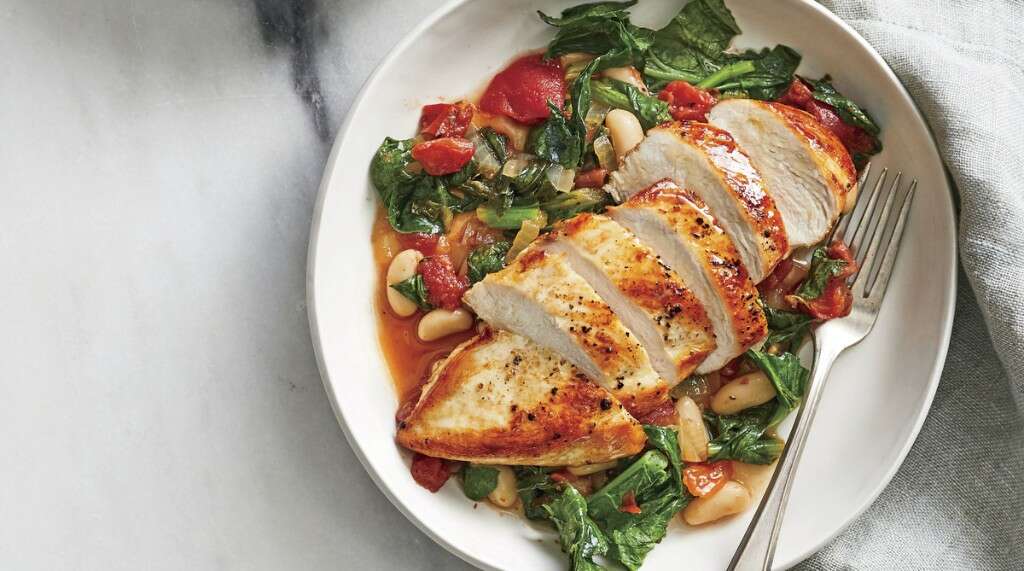

The chylomicrons are then moved into the lymph vessels and released into the blood.

Chylomicrons are fat globules covered with small proteins. The component complexes of this micelle are transformed into chylomicrons.

These components attach to small droplets and form the micelle complex. The blood can not absorb certain digested products from fats. After digestion, passive transportation absorbs a simpler food substance into the blood. Passive transportation is characterized as the solvent movement process across a cell membrane without the expenditure of energy. This method absorbs certain digested amino acids and glucose into the blood. The process of the movement of solutes across the biological membrane using specific carrier proteins is defined as facilitated transport. During successful blood flow, electrolytes such as Na (sodium) ions are absorbed. The process of solute movement from lower concentrations to higher concentrations at the cost of energy can be described as active transport. E.g., Glucose, amino acids and chloride ions. Some monosaccharides, based on the concentration gradient, diffuse into the blood after digesting. Simple diffusion refers to movement through the membrane of the solution from the higher level to the lower level. Three other organs, that is, the liver, gallbladder and pancreas, are needed for digestion. It consists of a variety of muscles that coordinate food movement and other cells that contain enzymes and hormones. The food pipe connecting your mouth and stomach, the stomach and the anus together form the digestive tract (or gastrointestinal tract). What is Meant by Digestion?ĭigestion is how your body turns food into nutrients that are used to repair cells, energy and facilitate growth. Other absorbed monomers move from the villus to the hepatic portal vein from blood capillaries to and from the liver. Fats are then processed into chylomicrons, which are converted into lactates, into triglycerides and combined with other lipids and proteins. The micelles release their fats throughout the membrane of the cell. The dietary fats are emulsified by bile salts and lecithin to form micelles that may bring fatty particles to the enterozyte’s surface. Lipid, fat-soluble vitamins and most water-soluble vitamins are exceptions. The transport mechanisms on the apical surface of enterocytes (the absorptive cells of the intestine) absorb most nutrients. Bacteria are important in the digestive system. The digestive system contains several bacteria and bacteria constitute about half the dry weight of the faeces. Egestion is the ejection of undigested food, while excretion is the discharge of metabolic waste material. Make sure that egestion is not confused with excretion. It then emerges from the rectum in the form of faeces from the anus. The faecal matter is stored in the rectum, which is the ending of the large intestine, and it continues to store there till the matter could be ejected out. In the large intestine, excess water is absorbed from the food. They also contain blood capillaries for absorbing the molecules of food that are ingested. The villi (singular: villus) stands out and gives a larger surface area for absorption. With a thick wall and a small surface, the small intestine may hold a large quantity of digested food before it is absorbed. There’s a lot of small villi to give a larger surface area The internal wall of the small intestines is designed to allow for the easy and efficient crossing of substances: Absorption of food takes place mostly in the small intestine.Ībsorption across a surface happens rapidly and easily if: From there, the molecules of the digested food are carried around the body to the necessary location for nourishment. This means they go into our bloodstream through the membrane of the small intestine. In the small intestine, digested molecules of food are absorbed. The absorption process is the mechanism by which the final digestive products enter the blood or lymph through the intestinal mucosa.


 0 kommentar(er)
0 kommentar(er)
